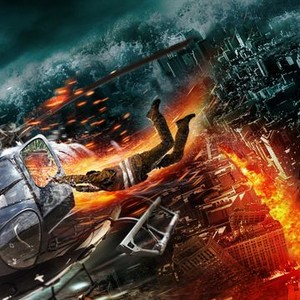

The earthquake led to a shift in population and resources to Los Angeles, leading LA to become the West's most populated city by 1920. According to The Times, San Francisco prior to the April 18 earthquake was the largest city in the American West. The effects of the earthquake were debilitating.

Much like in present-day Haiti, people were forced to live in tents in unsanitary conditions, which led to a great bubonic plague outbreak in 1907. timing led to people crowding the streets of San Francisco still in "their night attire," reported The Times on April 19, the day after the earthquake. The disaster in San Francisco left more than 3,000 people dead and more than a quarter-million homeless, according to The New York Times. USGS notes that scientists often disagree on magnitudes for older earthquakes, due to the poor quality of older data. Geological Survey as a 7.8 on the Richter scale, but that might not be a fair comparison.

The earthquake that hit Nepal last month was registered by the U.S. But what did California's real major earthquake along the San Andreas fault, the Great San Francisco Earthquake of 1906, look like?Īccording to the University of California, Berkeley's Seismological Laboratory, the Great Earthquake of San Francisco measured at a magnitude between 7.7 and 7.9. This earthquake is then followed by a magnitude 9.6 earthquake in Northern California. According to the Associated Press, the wreckage in San Andreas unfolds like this: An unknown fault near the Hoover Dam in Nevada causes a magnitude 9.1 earthquake in Southern California. The film San Andreas depicts an earthquake that jolts California's roughly 810-mile long fault from Los Angeles to San Francisco, leaving landmarks like the Golden Gate Bridge and the L.A.


 0 kommentar(er)
0 kommentar(er)
